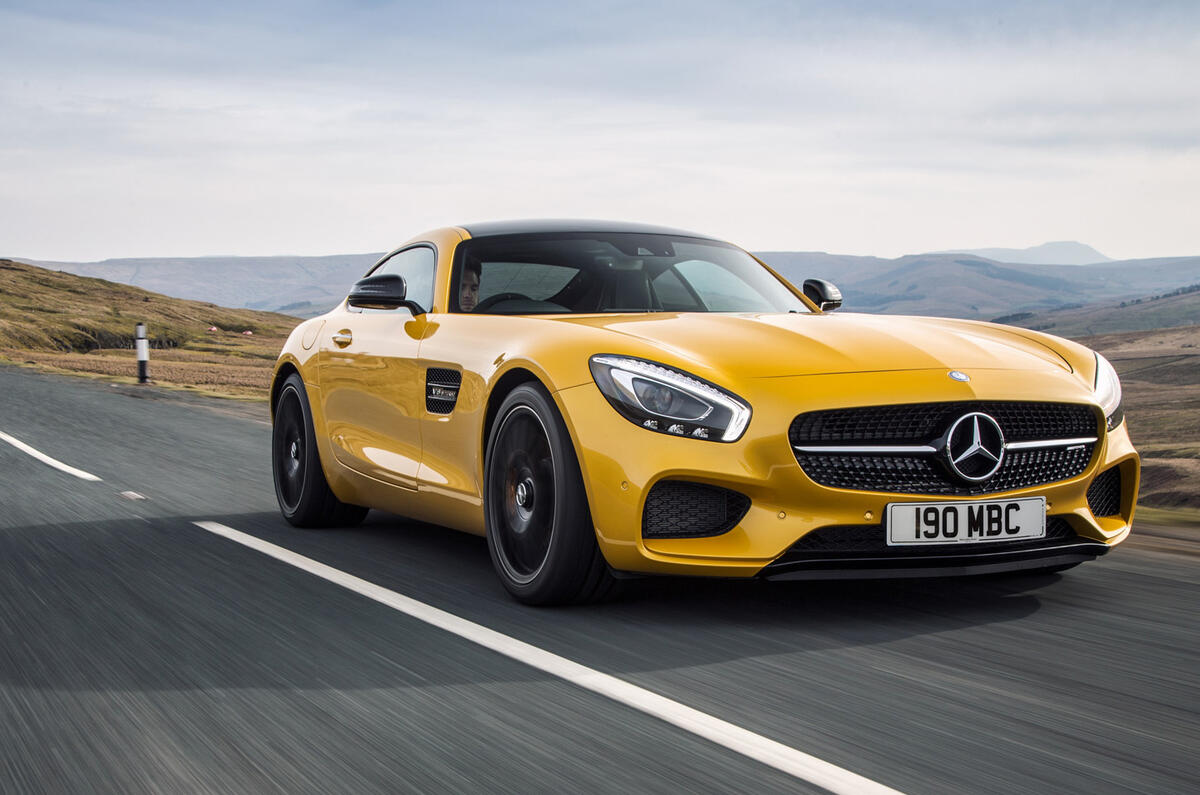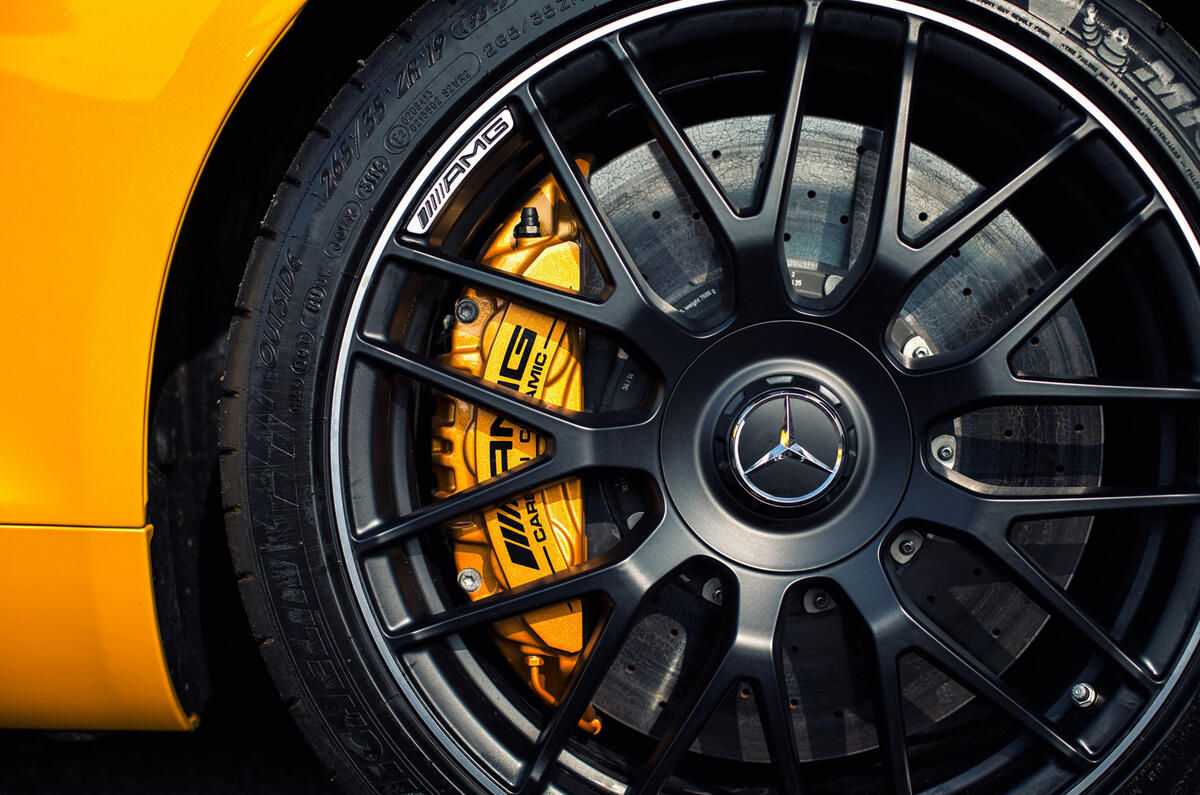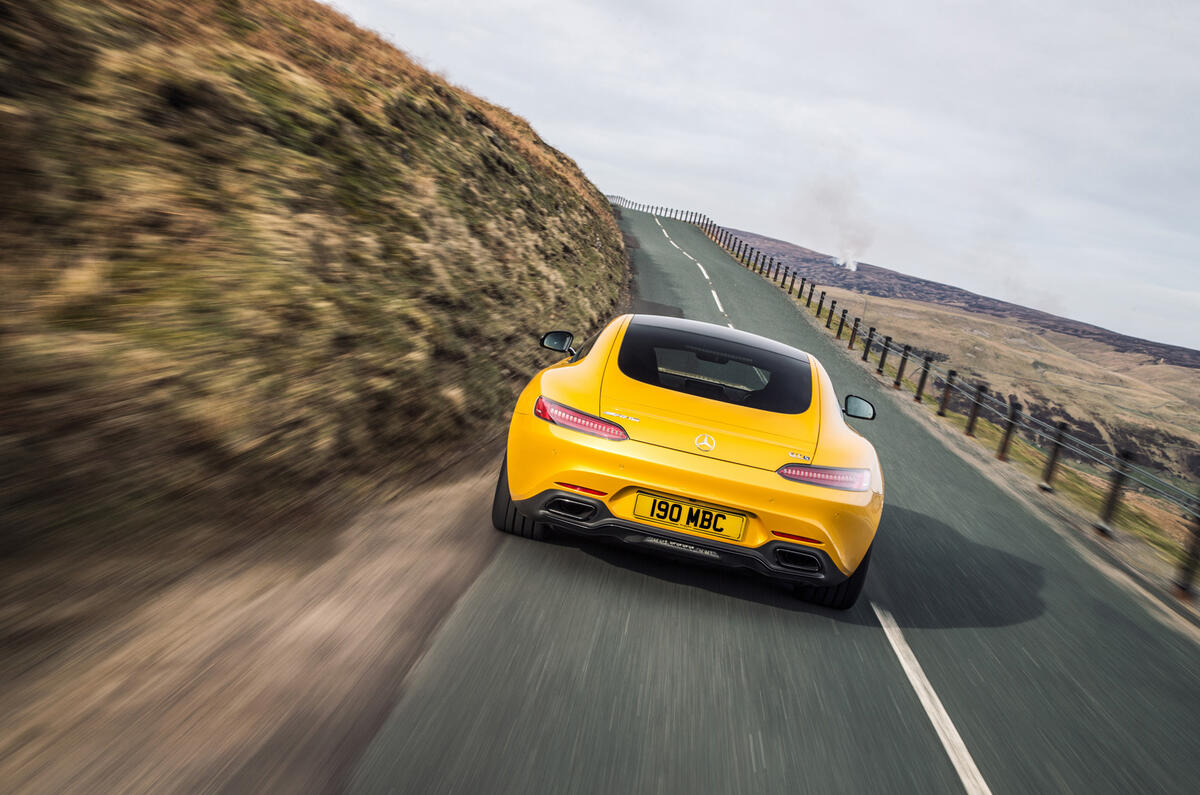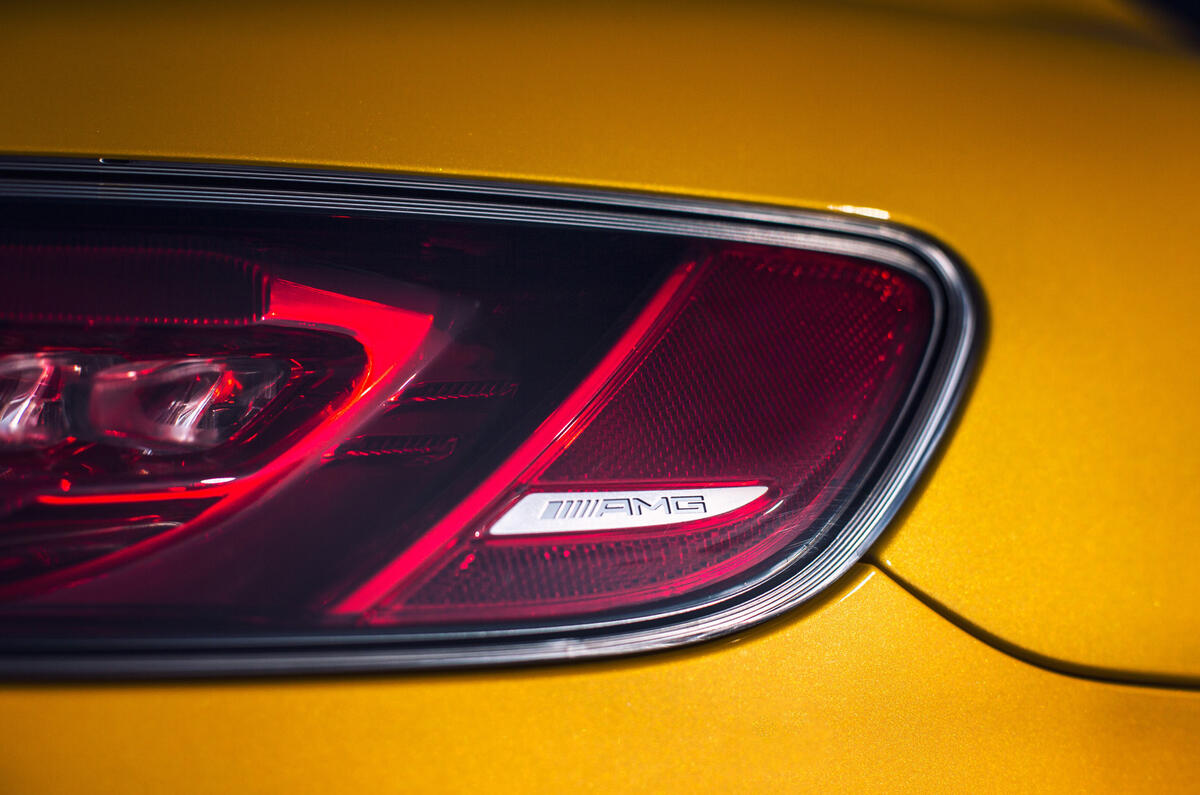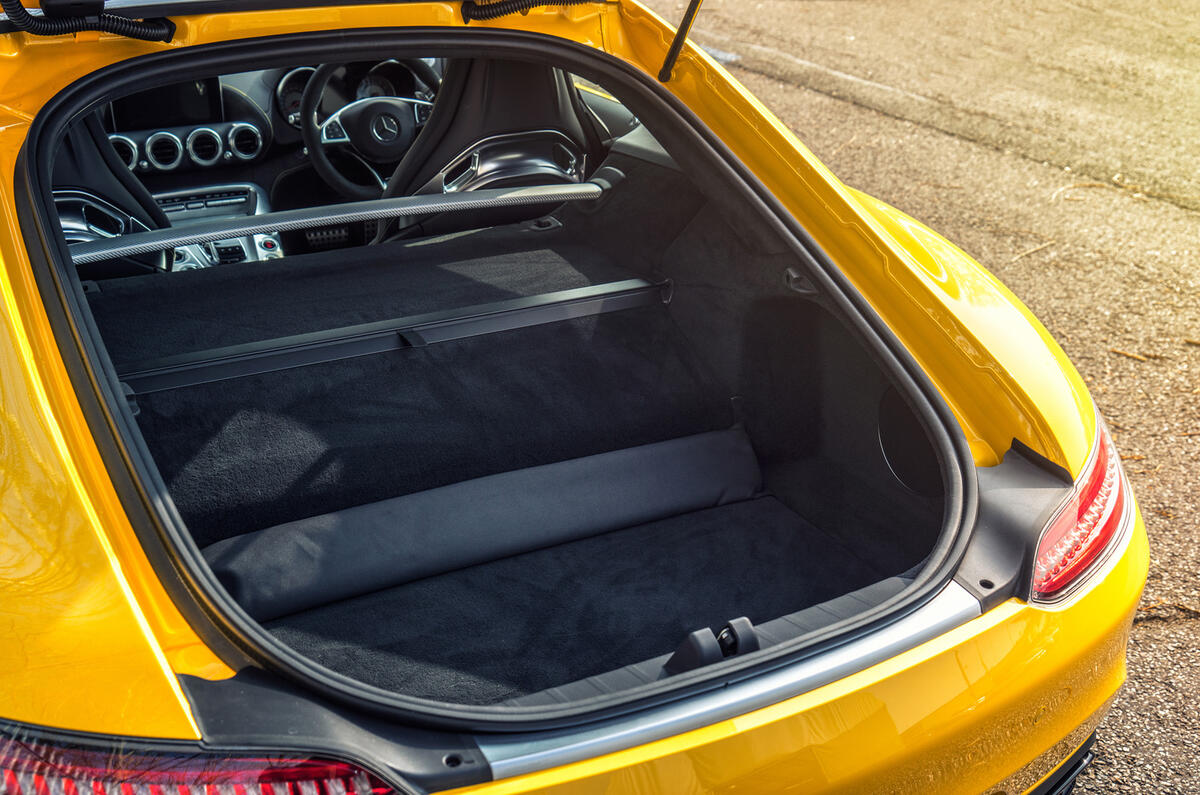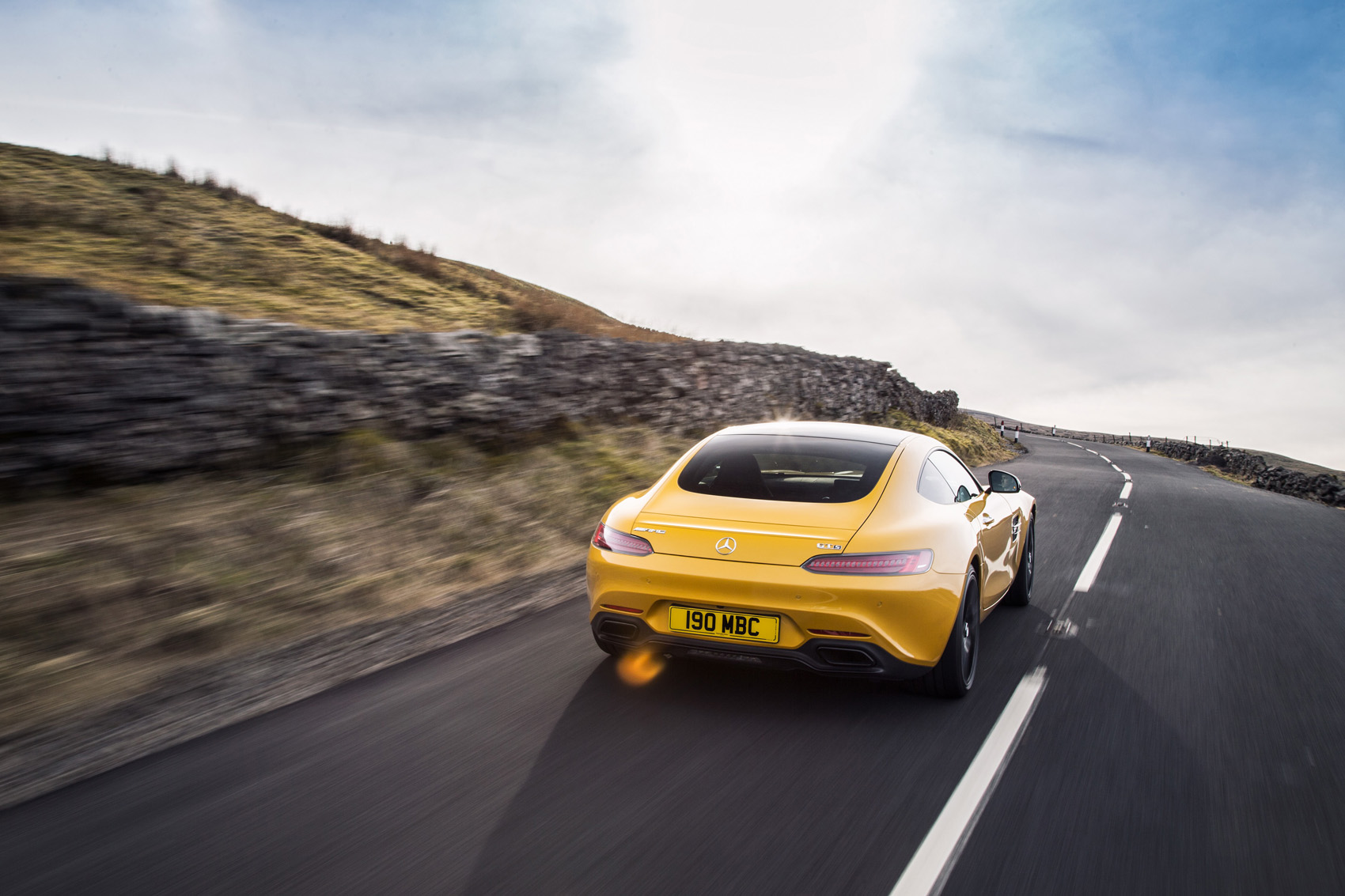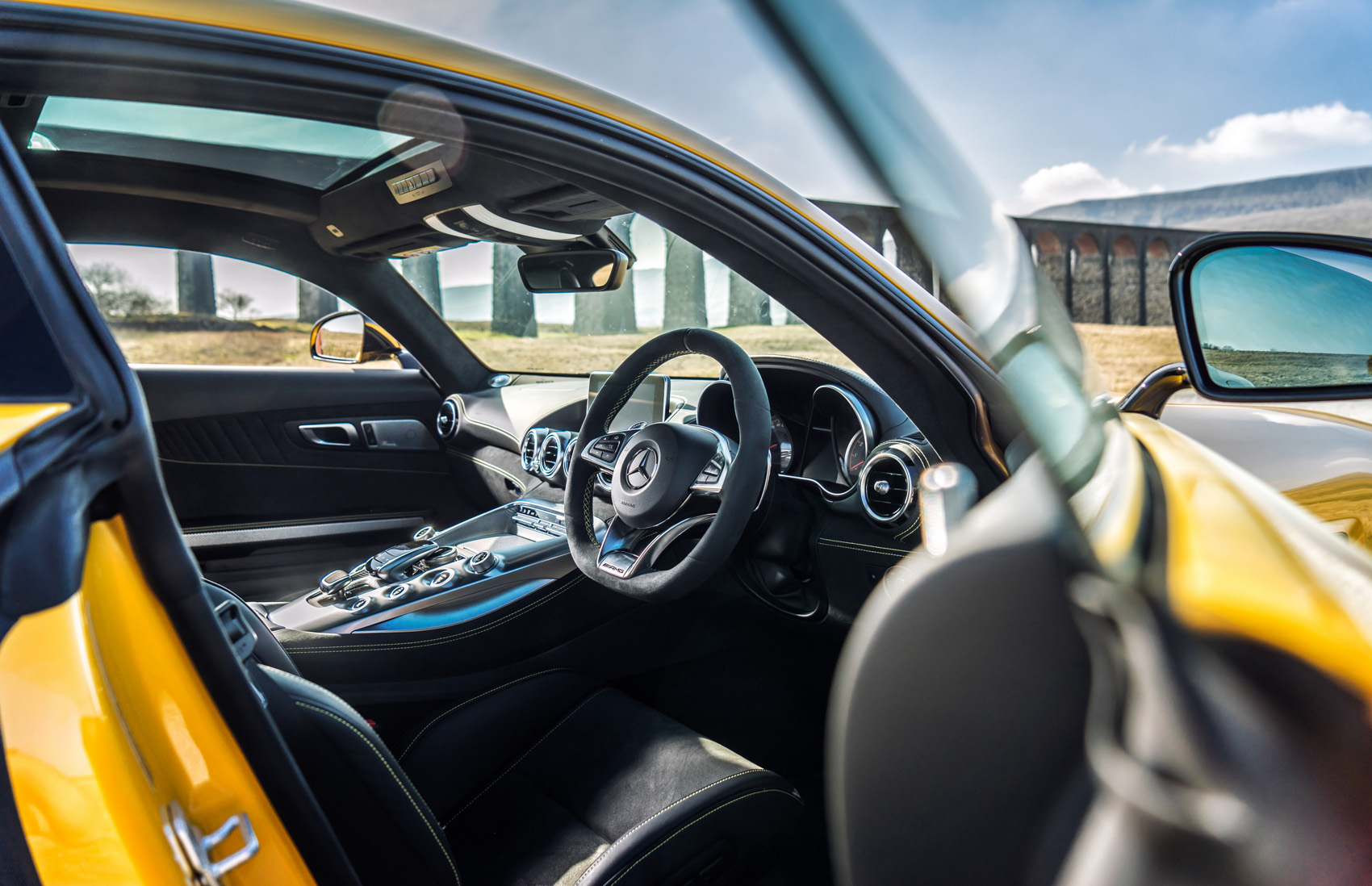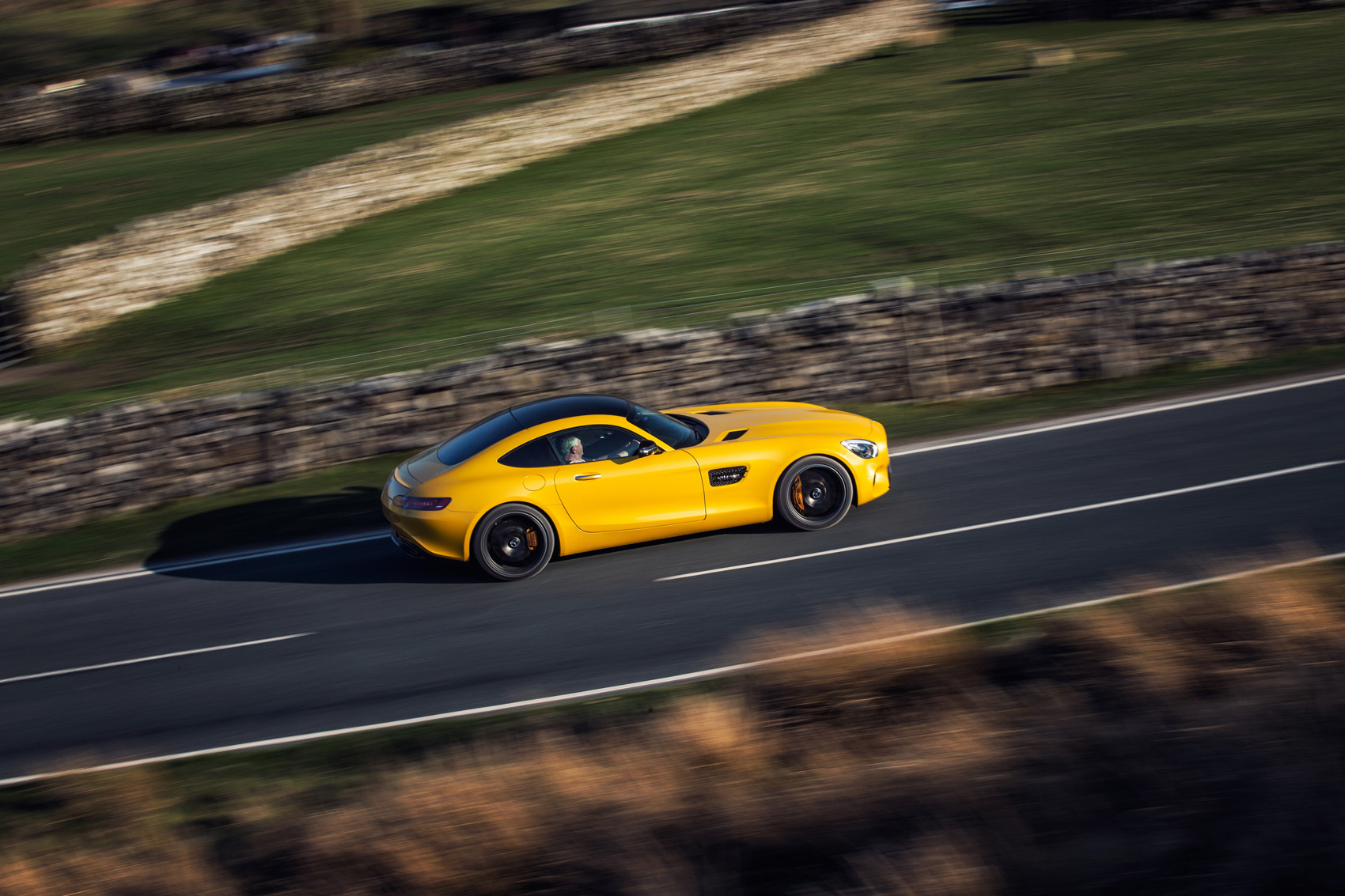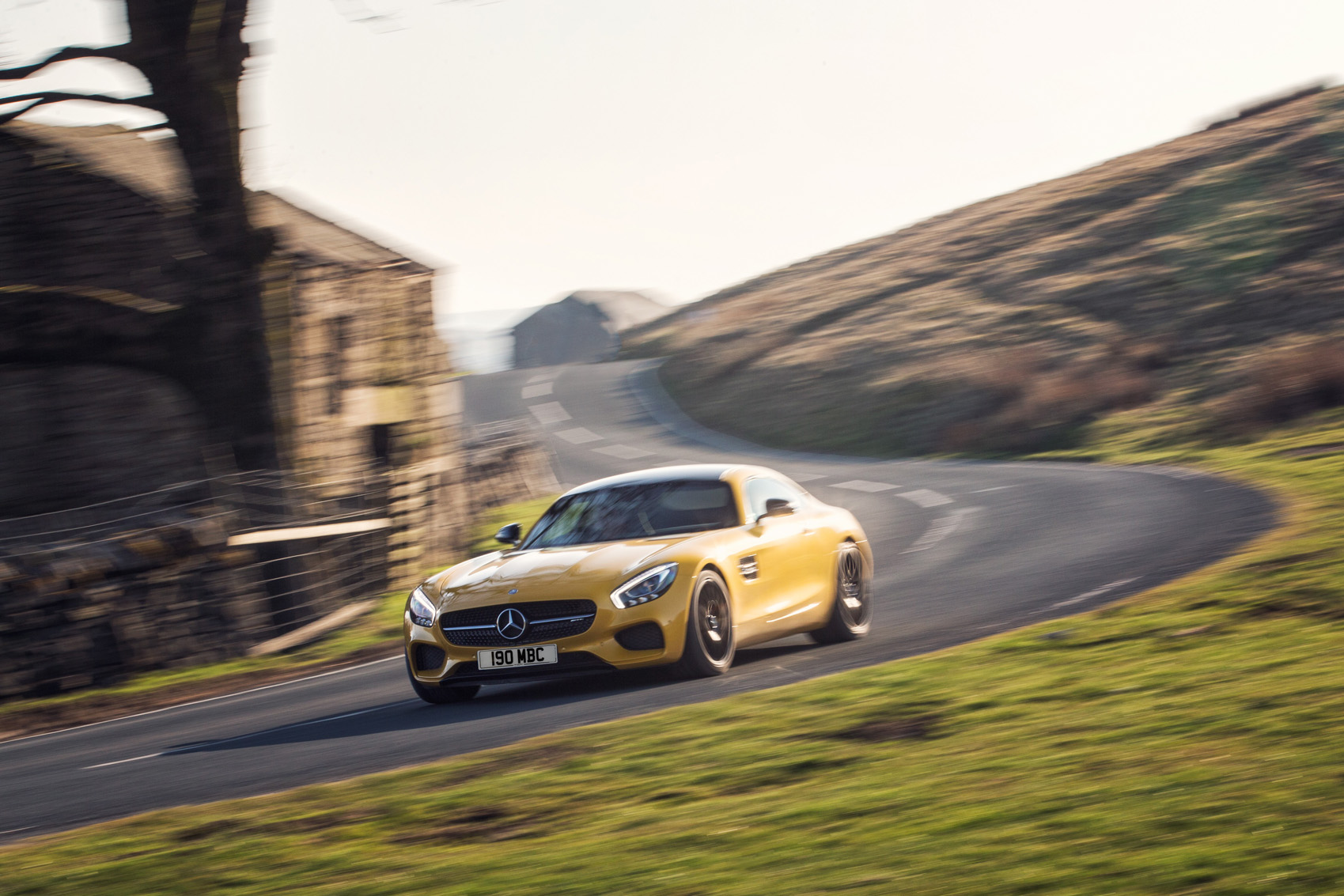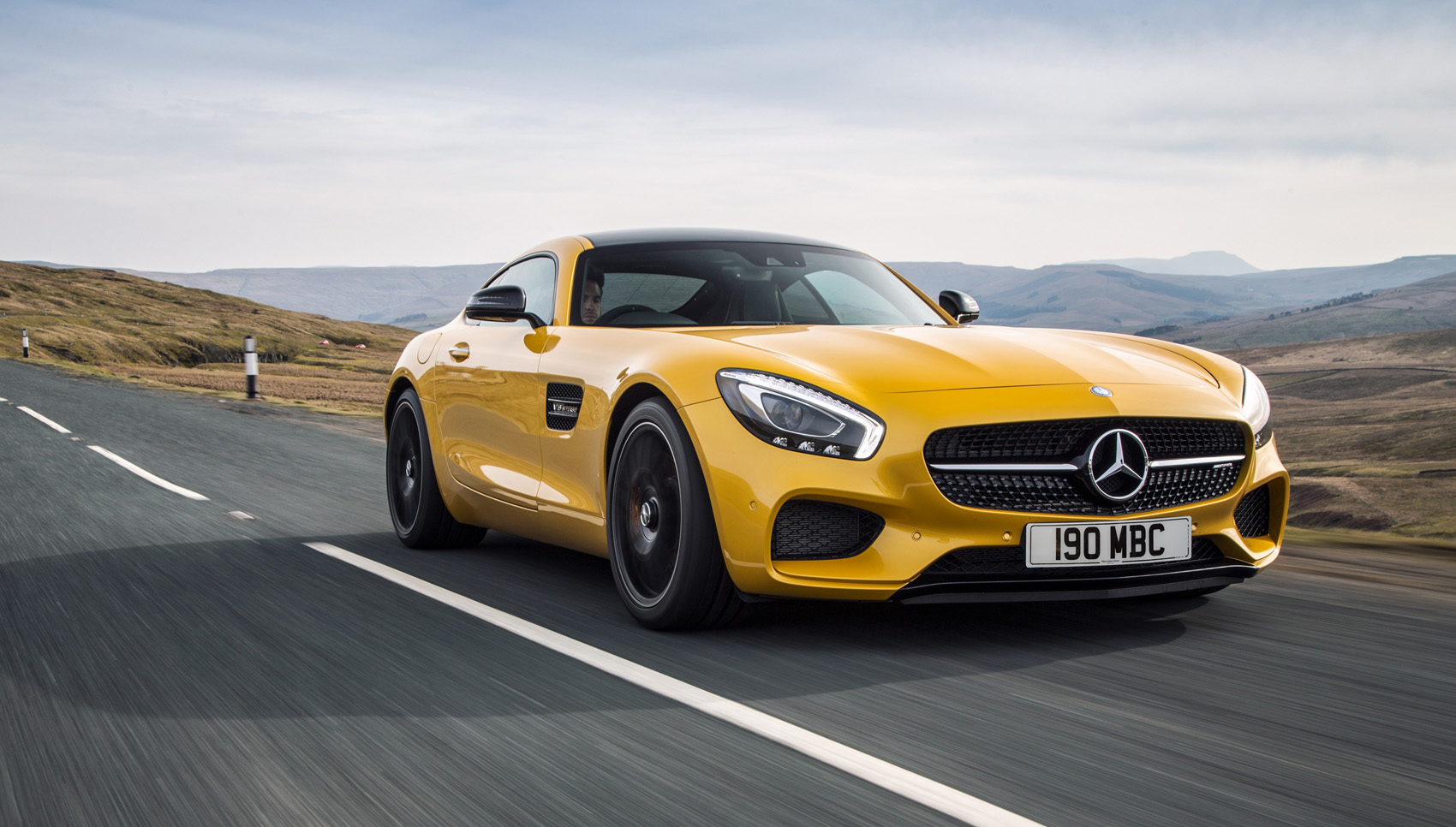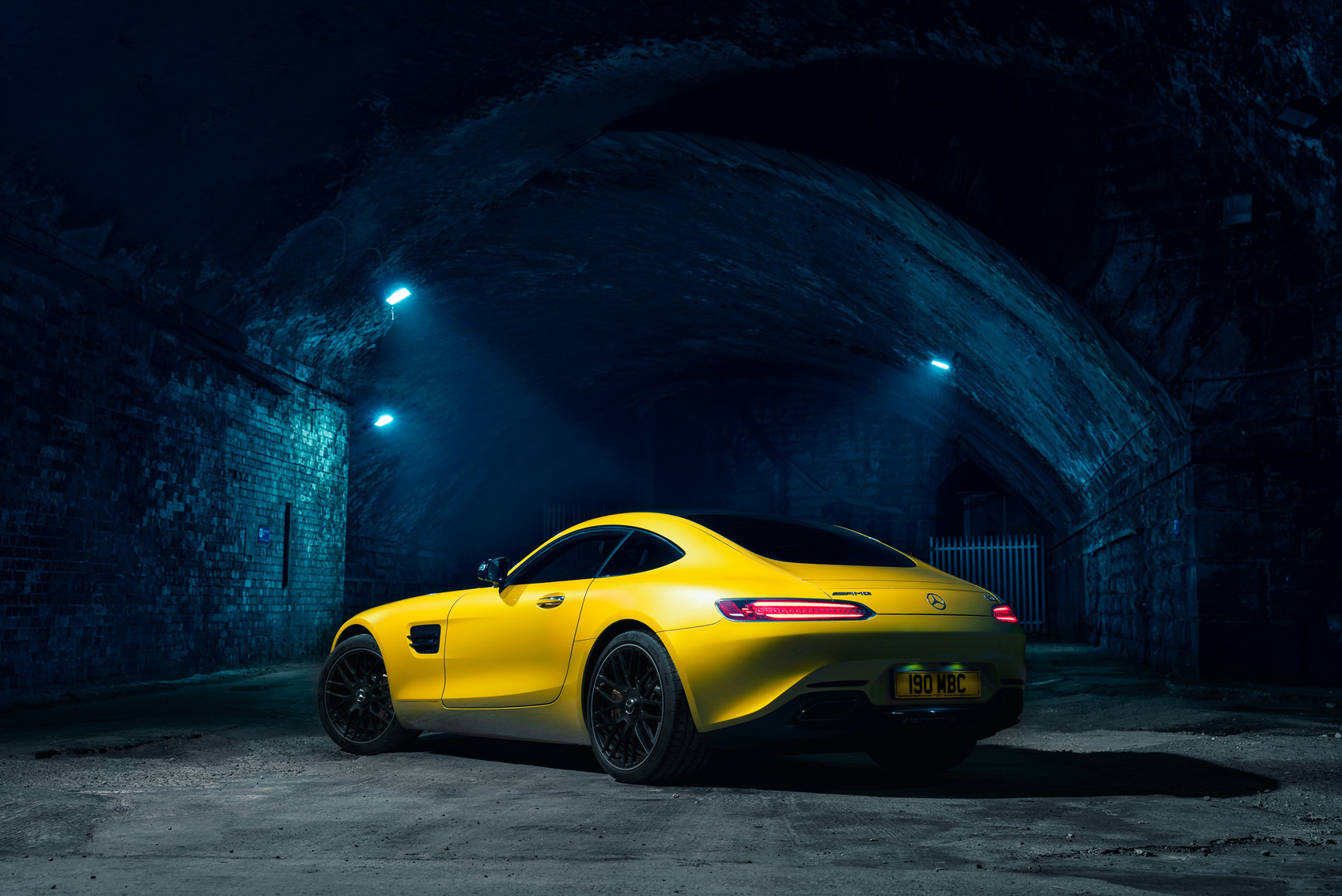The last time Mercedes-AMG was tasked with building a model from scratch, it went to town.
Not only did the SLS evoke the 300SL with its gullwing doors, but it also housed the M159 engine in its long nose, a reworking of AMG’s own V8 and the last naturally aspirated engine to feature in a Mercedes.
It was, in many respects, marvellous – and because it was AMG’s first go, momentous, too. Its replacement, although similar in some respects and not entirely unrelated beneath, is not to be thought of as a successor.
Whereas the SLS was a supercar in the mega-GT mould, AMG’s follow-up is smaller, cheaper, turbocharged and conventionally doored. It’s a two-seat sports car, says Mercedes, which means that the manufacturer is less interested this time around in making a splash and more concerned with stealing customers from under the noses of Audi and Porsche.
That’s considerably more difficult than building a low-volume supercar, particularly as Mercedes has stuck with the SLS’s gameplan: keeping its big engine in front of the driver rather than behind, nestling the cabin to the rear of a long-nosed body and even providing a decent boot, this time with a convenient liftback.
It is also comparatively large and not tremendously lightweight. But it is beautiful and available as a Roadster. It’s also still powered by a hand-built V8 – AMG’s newly developed biturbo unit, producing 469bhp in the standard car and 514bhp in the more expensive and more popular S model tested. Heading the coupé range is the 577bhp R which aims to take the fight directly to McLaren and its fabulous 570S. As for the Roadster range - the standard GT uses the same 469bhp engine as the coupé, while the range-topping C has 549bhp at its disposal.


